Editorial: A global drug supply chain is actually a good thing
Published in Op Eds
By all indications, the pharmaceutical industry won’t be spared from tariffs. In April, the Commerce Department took its first step toward imposing levies on drug imports. The goal, according to the White House, is to encourage companies to manufacture in the U.S.
Yet tariffs are unlikely to increase American self-sufficiency anytime soon. Far worse, such an approach could drive prices higher for patients and lead to shortages of lifesaving medications.
In its announcement, the Commerce Department said that a so-called Section 232 investigation is underway for the drug industry. The provision, part of the Trade Expansion Act of 1962, aims to determine whether an overreliance on imports presents a national-security threat. Such investigations are a precursor to imposing tariffs and could take up to nine months to complete, though many expect the investigation will end much quicker.
Available data appear to support what should be an obvious conclusion: The U.S. is highly reliant on drug imports. According to a large database of public and proprietary records, 90% of the top 30 brand-name drugs sold in the U.S. are manufactured abroad. The U.S. imported more than $200 billion worth of medications last year.
Whether this mismatch constitutes a national-security threat is another matter. Pharmaceutical supply chains started winding their way around the globe in the 1980s, in search of cheaper labor and materials, less encumbered construction, and lower taxes. The result has been a boon for patients, who’ve gotten less expensive medications. (Wider use of statins, for example, has dramatically reduced the risk of cardiovascular disease, the world’s leading cause of death.) Rerouting production through the U.S. threatens to reverse this progress: Branded prescriptions could become prohibitively expensive and some lower-margin generic drugs, which comprise more than 90% of medications taken in the U.S., might cease production altogether.
It’s true that the global sprawl of pharmaceutical manufacturing has been a vulnerability in the past. During the COVID-19 pandemic, factory closures and export controls in China and India — where raw materials and other key ingredients often originate — threatened to exacerbate shortages of critical medications.
Reforms that ease domestic investment and production may thus be helpful. For instance, regulators require manufacturers to submit meticulous records of product development. These files can take years to compile, cost millions of dollars and run to tens of thousands of pages. Updates are so burdensome that many executives deem changes more trouble than they’re worth. As a result, older machinery and processes have become entrenched, while new medicines are retrofitted to existing supply chains. Some White House proposals to streamline this process are a step in the right direction.
Ultimately, though, such efforts should reinforce a global supply chain, not replace it. Key U.S. allies such as India and Ireland have built up areas of expertise over decades, including generics manufacturing and R&D, that have unambiguously benefited U.S. patients. These relationships should be strengthened, for instance, by increasing information-sharing among regulators to identify vulnerabilities in the supply chain. China shouldn’t be excluded: If, as officials have signaled, it’s willing to engage with the U.S. in trade talks, drug inputs should be among the first products exempted from barriers.
At this stage, it’s unclear exactly how the Commerce Department will impose these added tariffs. Drug companies have announced tens of billions of dollars of U.S. investment in recent weeks, with hopes that growing their domestic footprint will spare them. (The bet, according to recent comments from the White House, might pay off.) Yet expanding U.S. manufacturing isn’t the same as reshoring the supply chain, nor will it make the nation more self-reliant. Ingredients — which come from China, India and Europe — are still needed. Such materials may well be subject to tariffs of their own.
Protecting access to critical medicines should rank among the nation’s most important national-security goals. Allowing economic forces to run their course, as history suggests, is the best way to keep the nation healthy.
____
The Editorial Board publishes the views of the editors across a range of national and global affairs.
©2025 Bloomberg L.P. Visit bloomberg.com/opinion. Distributed by Tribune Content Agency, LLC.
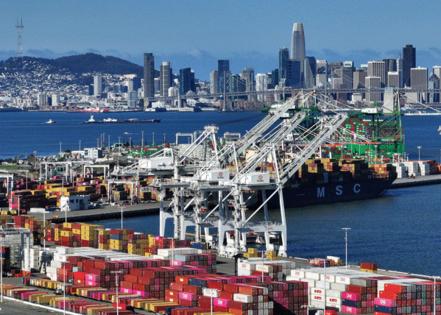


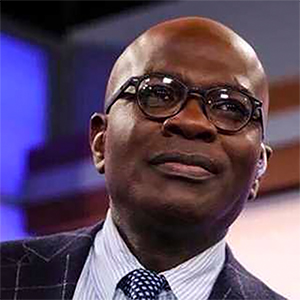















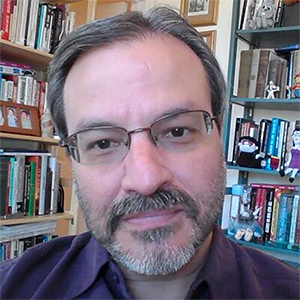







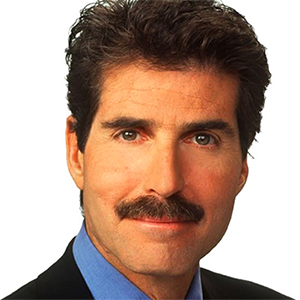

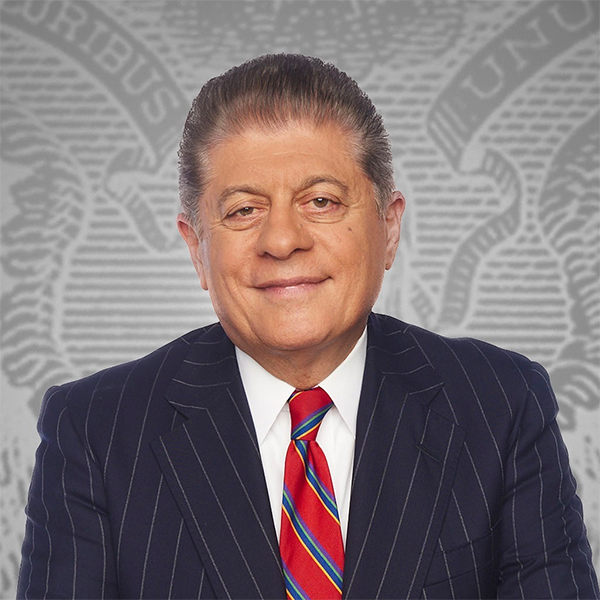



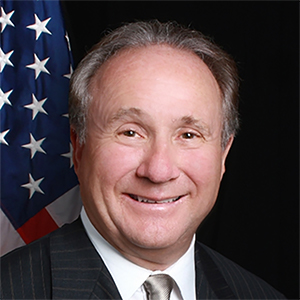























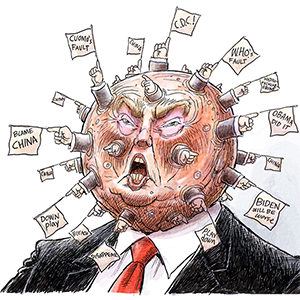
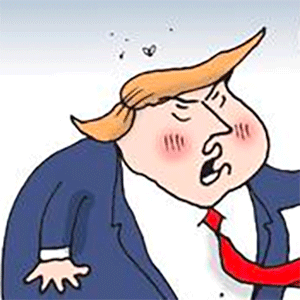

Comments